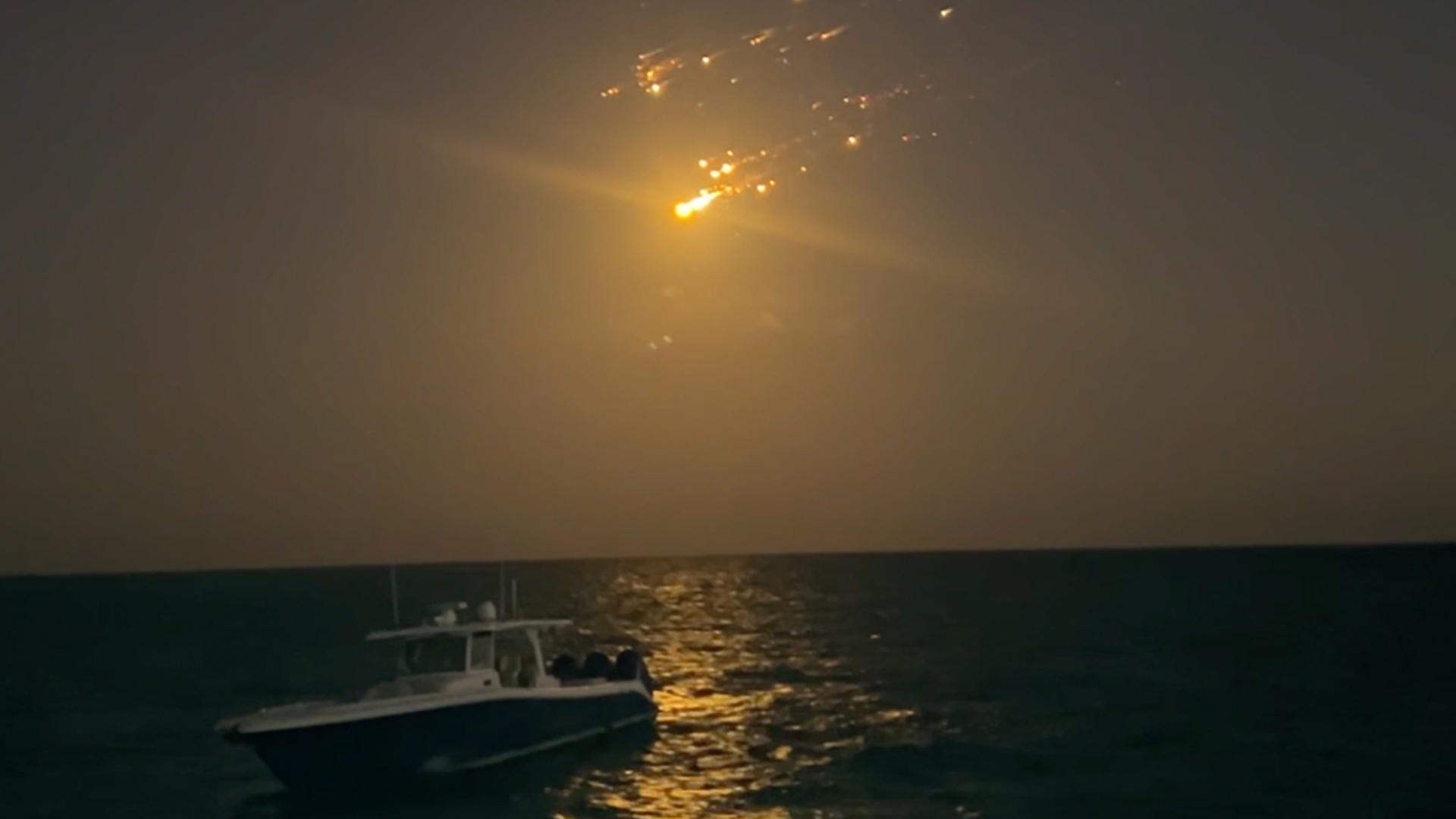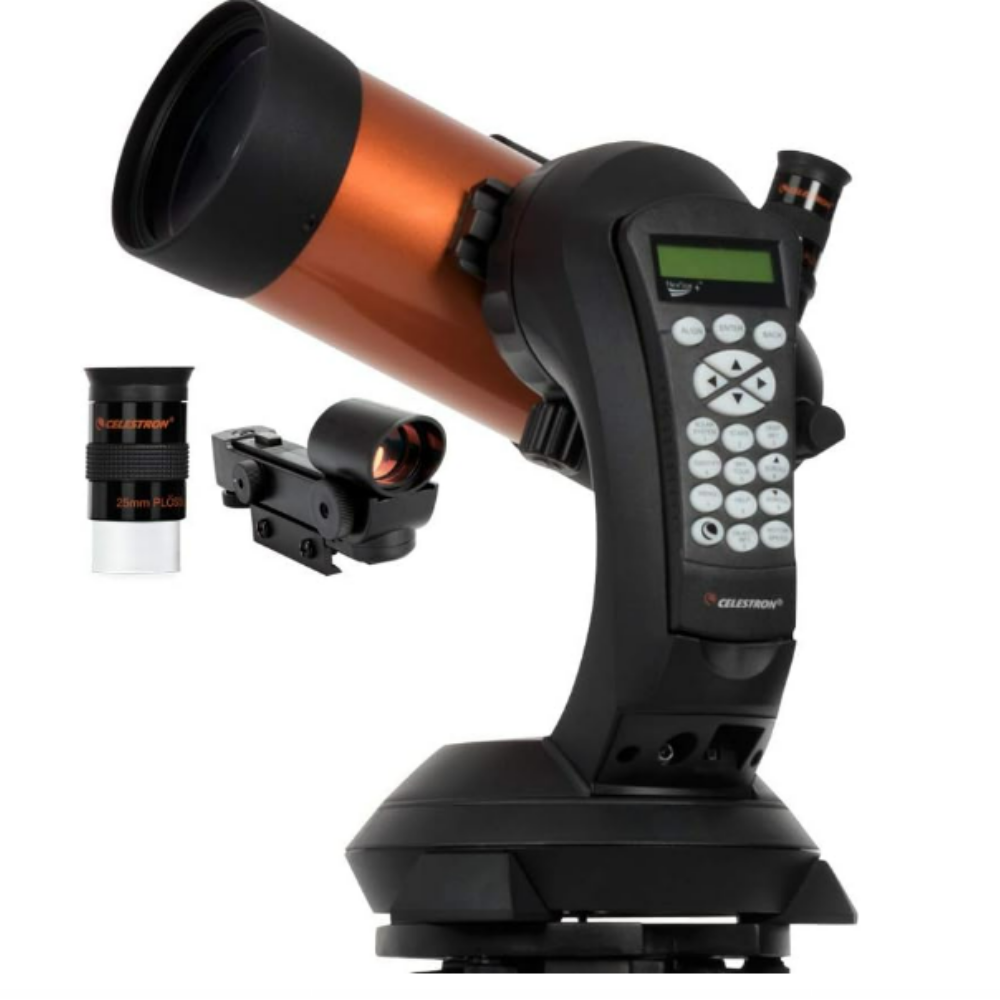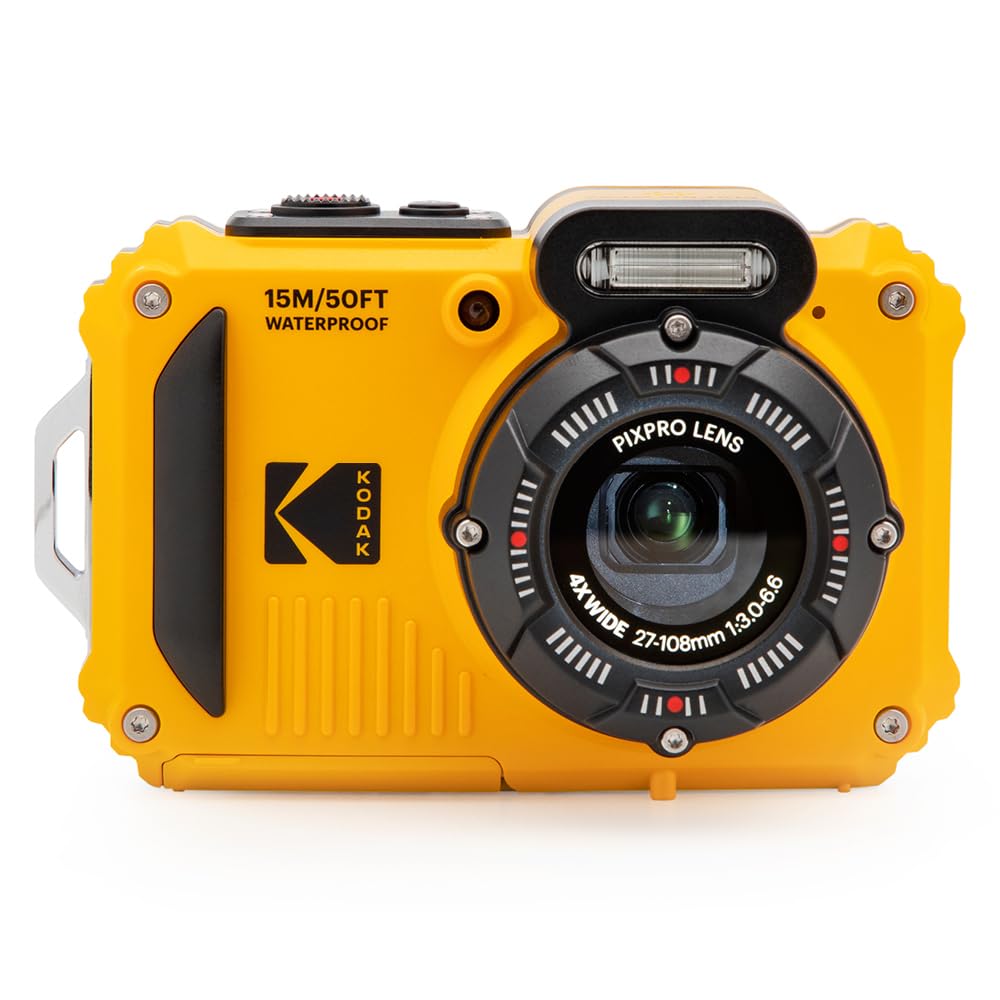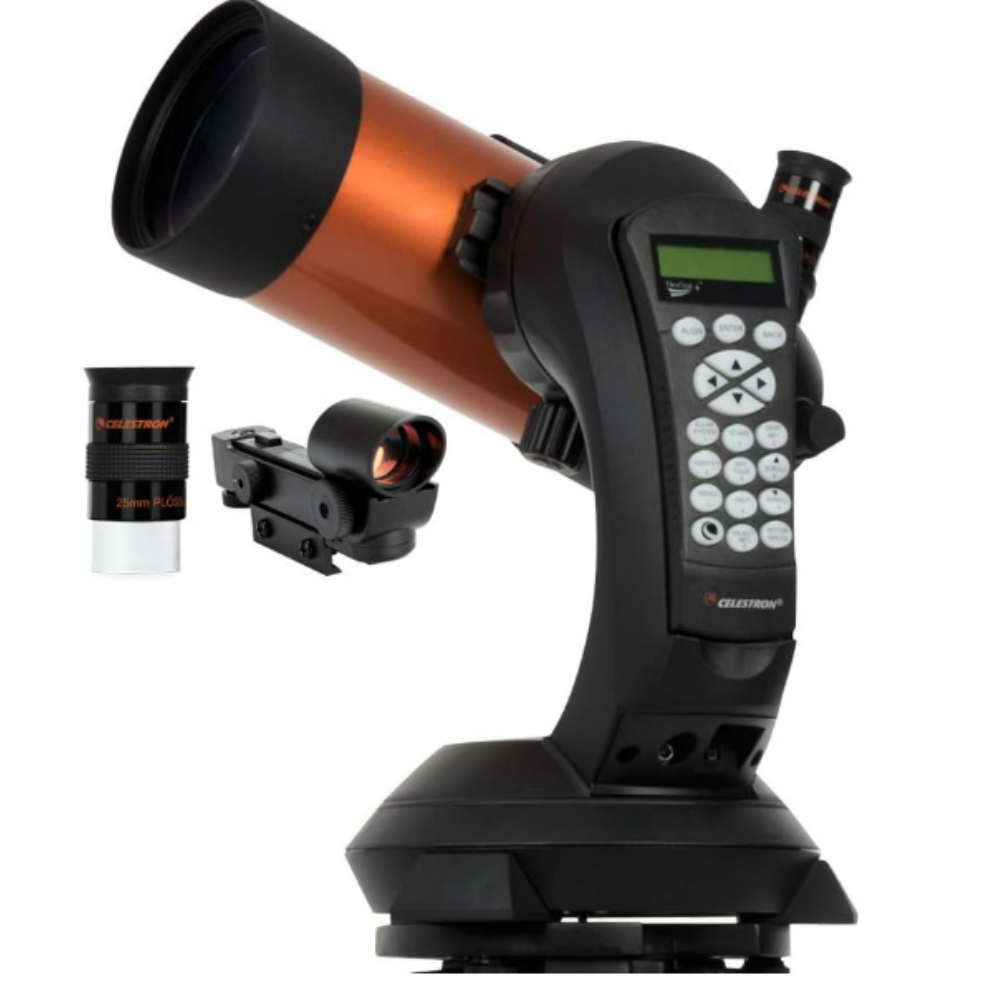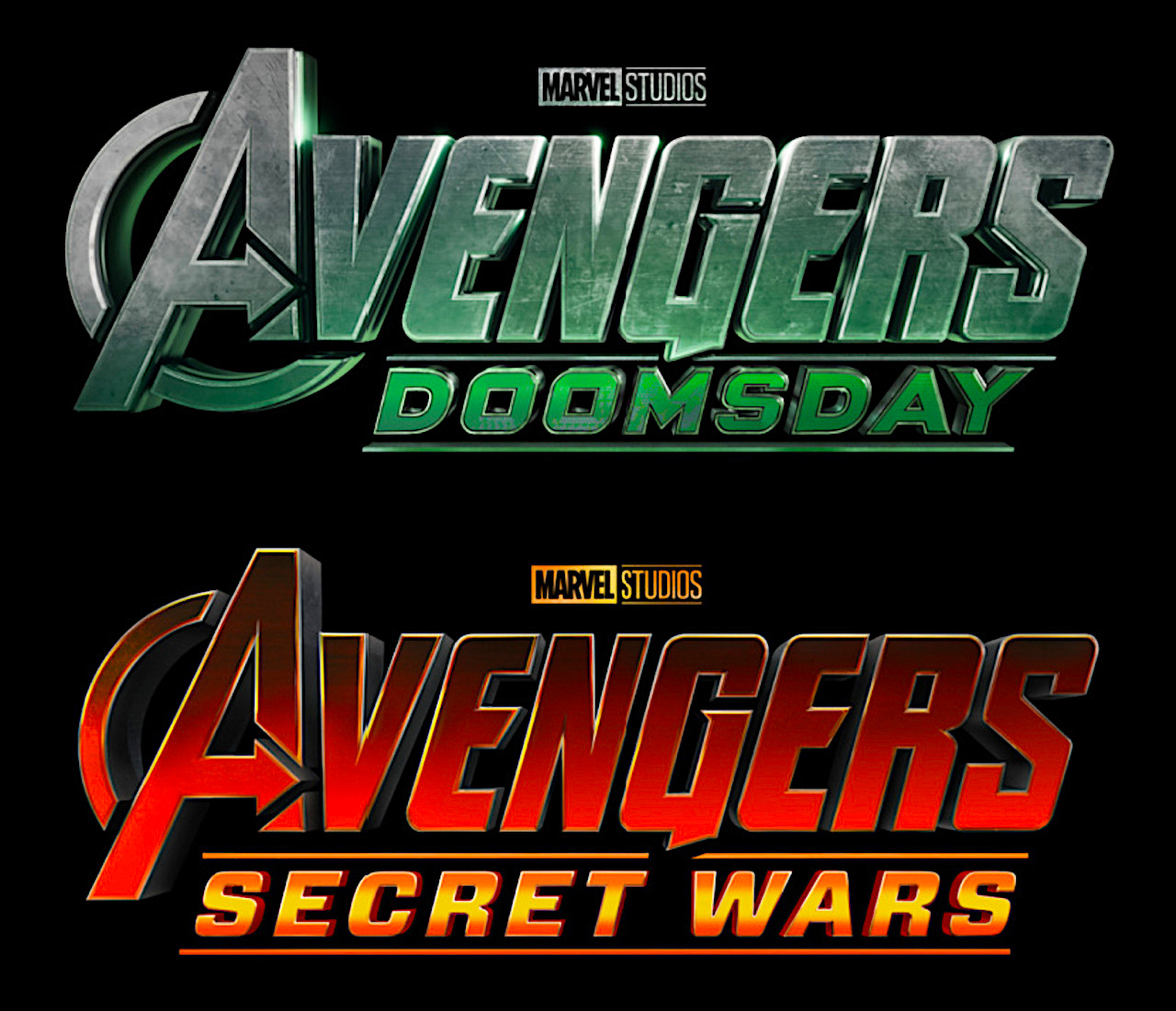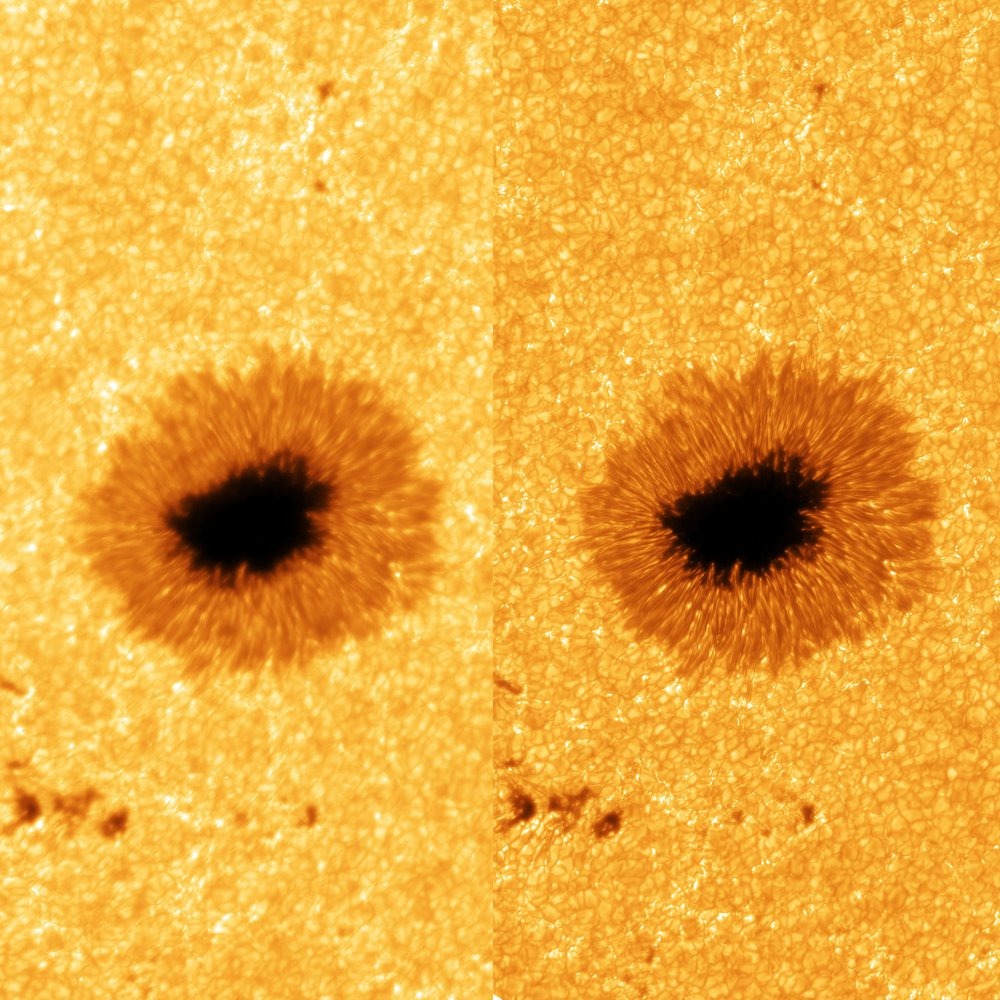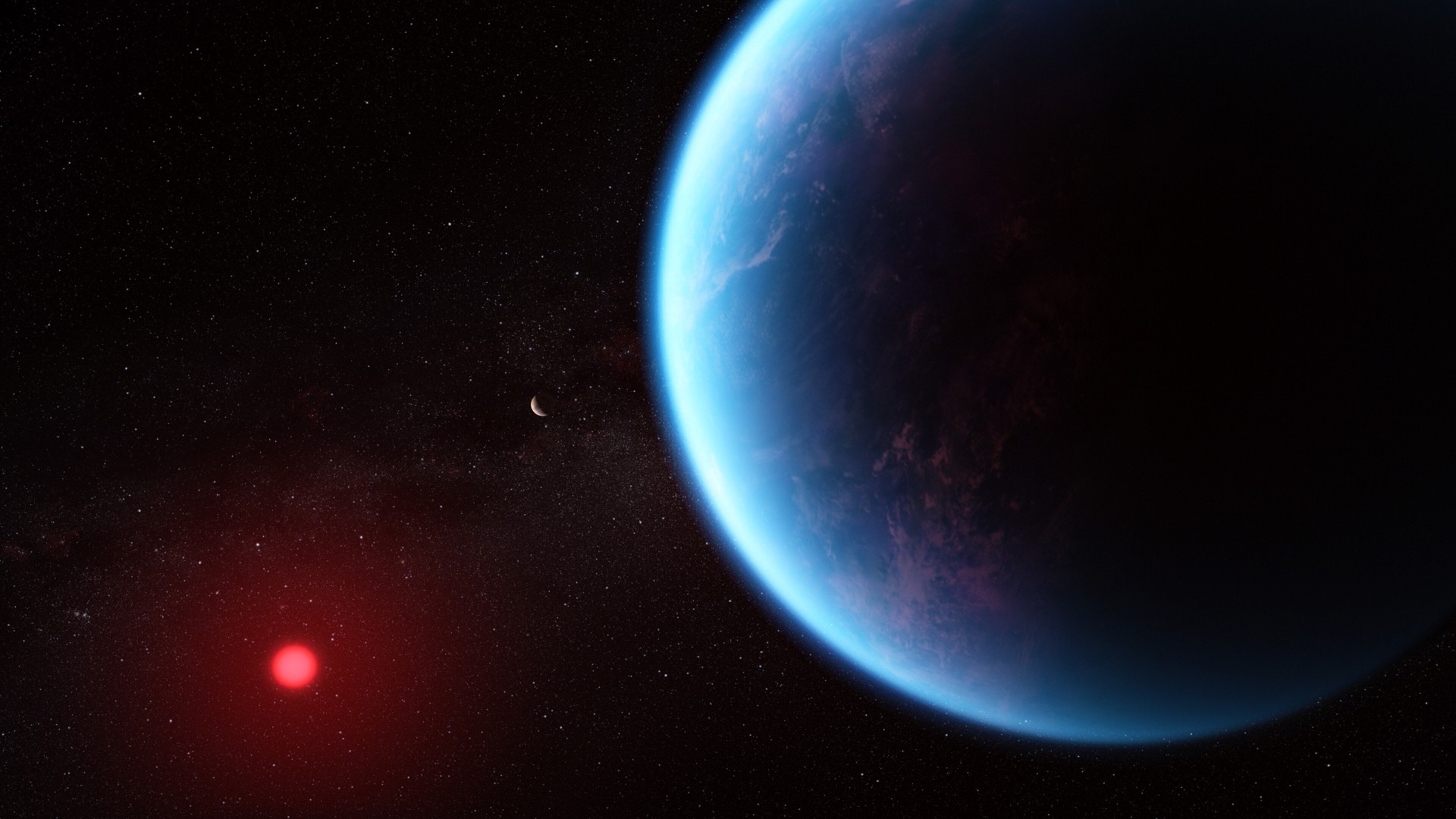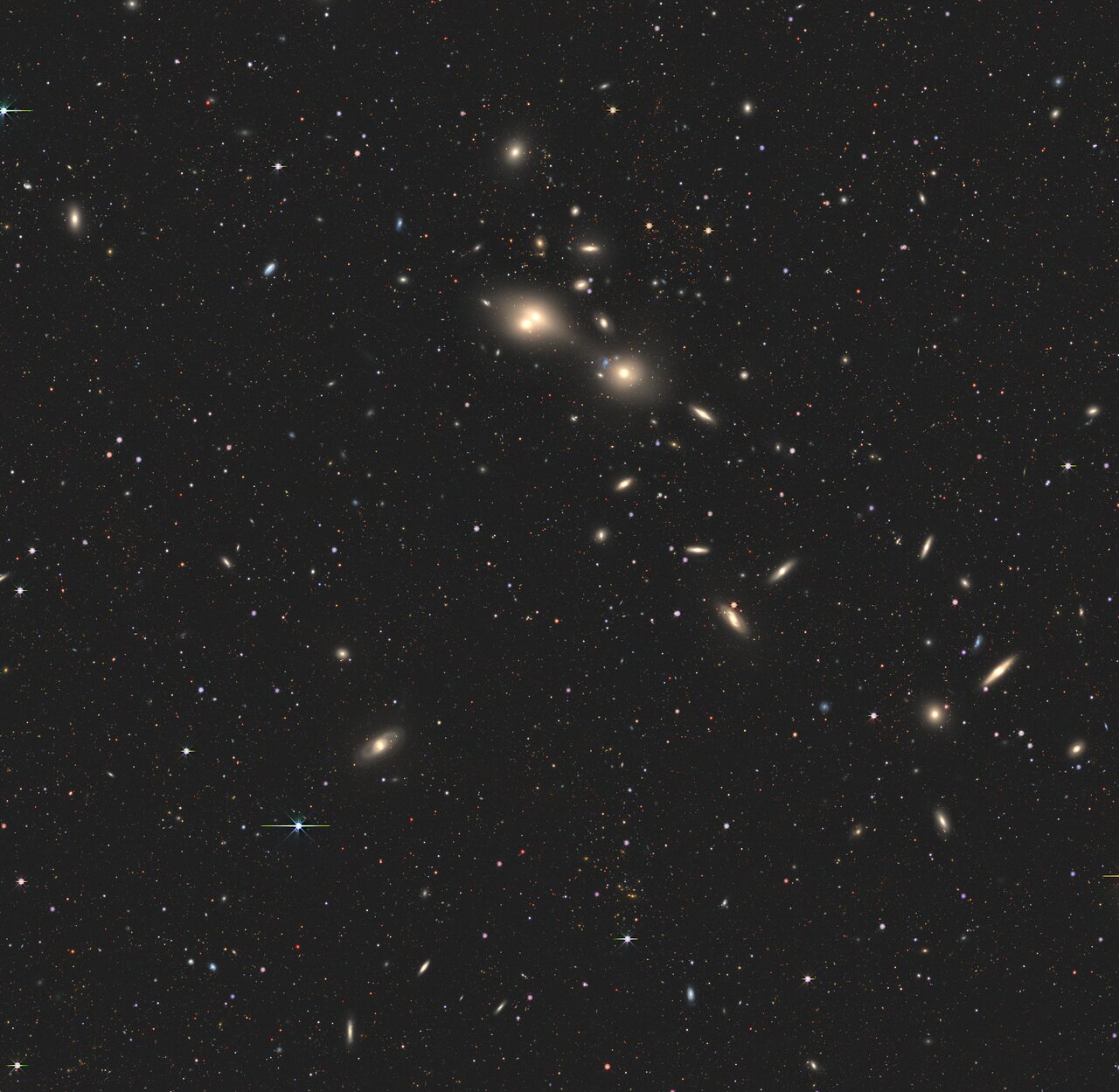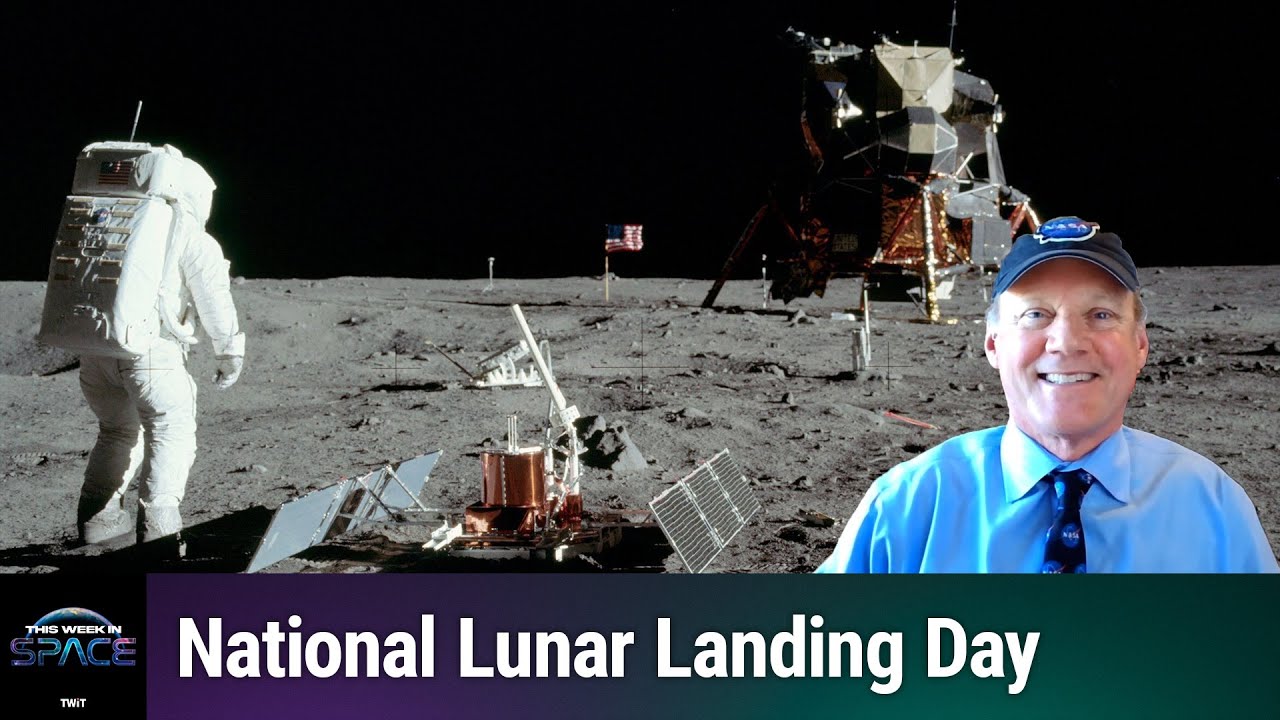Crucial research into the effects of rocket and satellite air pollution on Earth’s atmosphere is reportedly being cut as part of Donald Trump administration’s cuts to climate science budgets. Experts say the cancellation comes at the worst time and will cause a major setback for the emerging field of science. Research funding for the U.S. National Oceanic and Atmospheric Administration (NOAA) is set to be cut by an estimated $1.52 billion with funding covering climate science to be hit the hardest, according to Science. These cuts are expected to include…
Read MoreCategory: The Moon
Our moon
See Jupiter pair up with a sliver of the moon tonight
Jupiter will soon end its brilliant year-long showing on consecutive evenings with a rendezvous with an exceedingly thin and very young crescent moon. Indeed, for the first opportunity on Tuesday, May 27, the moon itself will appear so thin and low that it may be rather hard to detect in the sun’s afterglow; and seeing Jupiter itself will not be an easy task either, appearing to sit about 10 degrees to the upper left of the slender lunar sliver. The moon will be only about 1% illuminated and will be…
Read MoreBest cameras under $2000 2025: Top picks to suit any budget
If you have a particular budget in mind and you want to find out what the best camera under $X is, then you’ve come to the right place. Our reviewers have narrowed down your options and put together a list of some of the best cameras on the market today within each individual price bracket. You can browse all the cameras within your upper limit, or scan down the page to find out which additional features might justify a jump in price if your budget is a bit more flexible.…
Read MoreBest streaming services for Sci-Fi fans in 2025: Disney Plus, Netflix, Hulu, Apple TV Plus, and more
If you’re looking through the best streaming deals and wondering what the best streaming services for Sci-Fi fans are, then we’ve got the answers for you. It’s pretty hard these days to commit to just one streaming service and while there may be one, two, or even more below that you want to invest in, it all comes down to what they offer – and what your budget will allow. So, depending on what you’re after, there’s a category where each streaming service excels. From best Sci-Fi blockbusters, to TV…
Read MoreNew moon of May 2025 leaves the night sky dark to see the summer constellations tonight
The new moon of May occurs on May 26. Two days later the moon will make a close pass to Jupiter in the evening sky, and the summer constellations will be rising. New moons happen when the moon is directly between Earth and the sun. They share a celestial longitude (called right ascension by astronomers), a projection of the Earth’s longitude lines on the sky measured eastward from the point where the sun crosses the celestial equator. This position is also called a conjunction. If the sun and the moon…
Read MoreMarvel delays ‘Avengers: Doomsday’ and ‘Avengers: Secret Wars’ by 7 months each
Marvel maniacs are going to have to muster more patience to watch “Avengers: Doomsday” and “Avengers: Secret Wars” as Disney and Marvel Studios has announced that those two titanic superhero projects are each getting a seven-month bump in their release schedules. Will both big-budget tentpoles fare better in winter cloaks? As revealed by Disney on Thursday afternoon, “Doomsday,” starring Robert Downey Jr. as the villainous Victor von Doom, will be pushed into next year’s holiday season and arrives on Dec. 18, 2026, a little more than seven months from its…
Read MoreNew 8K-resolution photos of the sun show off incredible details of raging sunspots
Incredible new images of the sun’s surface provide an unprecedented view of raging sunspots and solar activity. A new high-resolution camera system developed by the Leibniz Institute for Astrophysics Potsdam (AIP) for the Vacuum Tower Telescope (VTT), located at the Observatorio del Teide in Tenerife, reconstructed views of the sun with an 8K image resolution for the first time, according to a statement from AIP. Solar observations often face a trade-off between field of view and resolution. Large solar telescopes provide high-resolution images but cover limited areas, while smaller instruments…
Read MoreScientists question possible signs of life on exoplanet K2-18b in new study: ‘We never saw more than insignificant hints’
In 2023, scientists from Cambridge University reported what appeared to be very exciting news. NASA’s James Webb Space Telescope, they said, had detected signs of a liquid water ocean — and possibly life — on the exoplanet K2-18b, a temperate sub-Neptune world located about 124 light-years away from Earth. Then, earlier this year, the same team announced what they called even stronger evidence for those potential signs of alien life. The signs were rooted in a tentative detection of dimethyl sulfide (DMS) — a molecule produced on Earth solely by…
Read MoreScientists spot high-speed galaxy collision 11 billion light-years away: ‘We hence call this system the cosmic joust’
Using a telescope in Chile, astronomers have captured a high-speed collision between two galaxies located more than 11 billion light-years away, getting a rare direct glimpse into how the universe’s most luminous sources of energy, known as quasars, can sculpt their surroundings and influence the evolution of galaxies. The new findings describe a galactic battle between the galaxy on the right in the image above, which hosts an actively feeding black hole, a quasar, at its center, and its neighbor on the left, which is being bombarded by intense radiation…
Read MoreThis Week In Space podcast: Episode 162 — Lunar Landing Day
Lunar Landing Day – When the Future Arrived – YouTube Watch On On Episode 162 of This Week In Space, Rod Pyle and Tariq Malik discuss the effort to make July 20 a national holiday called “Lunar Landing Day.” If you’re lucky enough to have witnessed the landing of Apollo 11 on July 20, 1969, you know what a momentous occasion that was. If you’re younger than a Boomer, you’ve read and heard about that amazing day, but it might not have the impact it did for those who witnessed…
Read More